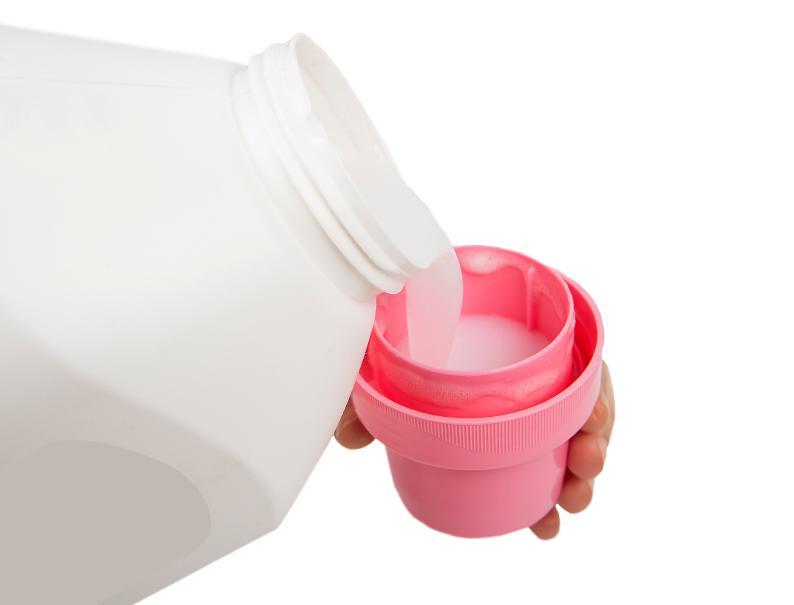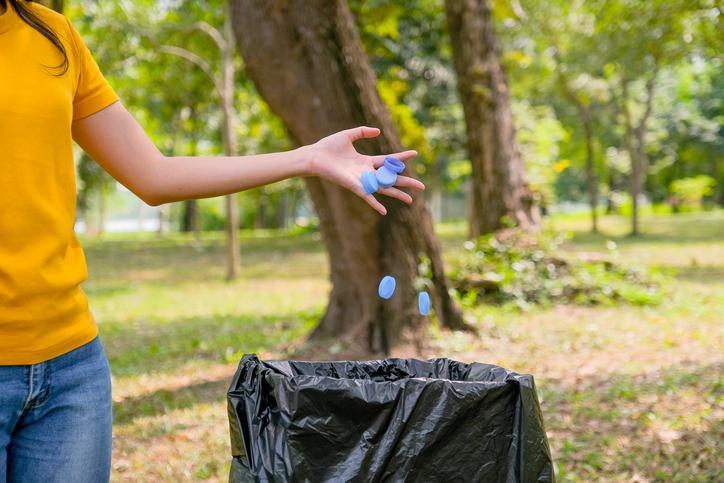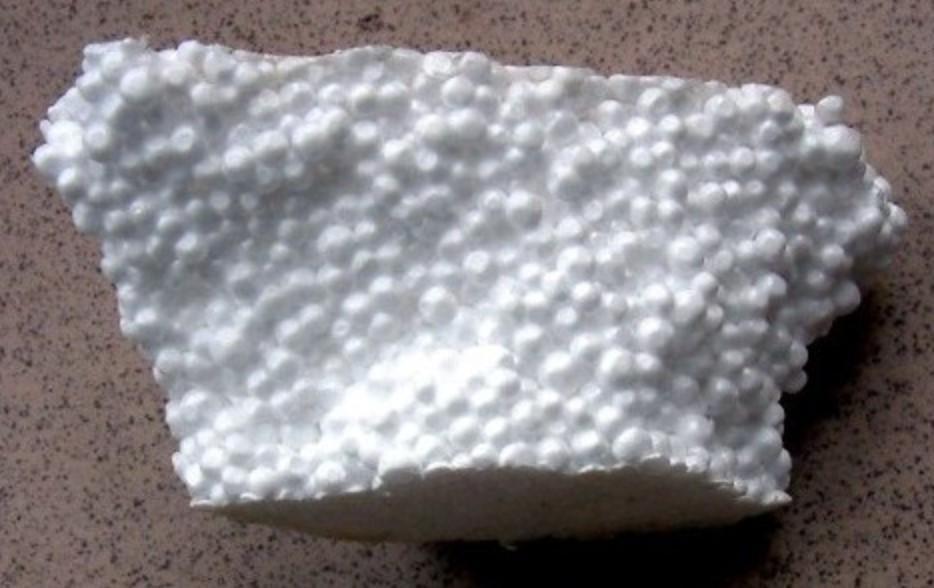What Are the 7 Types of Plastic?


Plastics have made our lives better in many ways. But behind their versatility lies a complex reality. From fossil fuel extraction and production to pollution and waste, their environmental footprint is undeniable. This is why understanding the different types of plastics and their environmental impact is crucial for responsible consumers and a sustainable future.
In the following article by thedailyECO, we'll delve into the seven most common types of plastics, their properties, uses, and the recycling symbols.
How do you categorize plastics?
Plastics are classified through a system known as the Resin Identification Code, also referred to as the Plastic Identification Code, developed by the Society of Plastic Industries (SPI). Recognized by the familiar recycling symbol accompanied by a number, these codes help categorize plastics for efficient recycling. Let's explore the main types:
- PET or PETE (Polyethylene Terephthalate): beverage bottles, food packaging, and polyester fibers.
- HDPE (High-Density Polyethylene): milk jugs, detergent bottles, and selected plastic bags.
- PVC (Polyvinyl Chloride): pipes, cable insulation, clothing, and inflatable structures.
- LDPE (Low-Density Polyethylene): plastic bags, shrink wraps, and squeeze bottles.
- PP (Polypropylene): packaging, caps, containers, and certain automotive parts.
- PS (Polystyrene): foam packaging, disposable cutlery, and insulation materials.
- Other plastics: encompasses various plastics not covered by the above codes, often marked as #7. Examples may include polycarbonate and bioplastics.
Understanding these codes is crucial for responsible disposal and recycling.
Dive deeper into the world of recycling with our next article, where we tackle the question: are paper towels recyclable?
1. PET or PETE (Polyethylene Terephthalate)
Polyethylene Terephthalate, commonly known as PET or PETE, is a transparent plastic widely used in various products such as plastic wrappers, plastic bottles, and food containers.
Recognized for its transparency and impermeability, PET does not allow air to penetrate, making it suitable for preserving the freshness of packaged goods.
Notably, PET is one of the most recycled plastics due to its prevalence in everyday items.
To identify products made from PET, look for the symbol of three arrows forming a triangle on the surface, indicative of its recyclability. Within the center of the triangle, you'll find the number 1, signifying that the product is made from PET plastic and can be recycled.

2. HDPE plastic (High-Density Polyethylene)
High-Density Polyethylene (HDPE) is a versatile and robust plastic with numerous applications. Its durability makes it resistant to chemicals, oils, greases, and high temperatures.
Its key feature is its remarkable durability and resistance, making it a prime candidate for various products that require strength and stability. These include milk jugs, detergent bottles, shampoo containers, cosmetic packaging, cleaning product bottles, some food containers, certain pipes, and even playground equipment.
Recognized by the number 2 within the recycling symbol, HDPE is highly recyclable and can be transformed into new products without significant quality loss. Choosing HDPE and ensuring its proper recycling contribute to a sustainable waste management cycle.

3. PVC (Polyvinyl Chloride)
Polyvinyl Chloride (PVC) is a widely used plastic known for its versatility and durability. It serves as the primary material for a multitude of applications, including: pipes, gutters, flooring, cables, wires, hoses, some bottles, and jugs, certain food packaging, liquid detergent bottles, traffic cones, safety vests, rainwear, etc.
PVC's strength, weather resistance, and flame retardant properties make it a popular choice for these diverse applications. However, it's crucial to acknowledge the environmental and health challenges associated with PVC.
However, it is important to note that PVC production involves chlorine, which can release harmful chemicals like dioxins and chlorinated solvents during manufacturing and disposal, potentially impacting ecosystems and human health. Landfilling PVC presents long-term risks as these chemicals can leach into soil and groundwater. Incineration also releases harmful pollutants. Additionally, PVC is primarily derived from fossil fuels, contributing to resource depletion and greenhouse gas emissions.
While PVC is technically recyclable, its complex composition and contamination risks limit its widespread recycling feasibility. Specific facilities equipped to handle PVC are required, and not all regions offer adequate infrastructure.
You can recognize this type of plastic with the recycling code 3.

4. LDPE (Low-Density Polyethylene)
Low-Density Polyethylene (LDPE), is a versatile plastic known for its exceptional flexibility and softness. It's the silent star behind many everyday items, including: frozen food bags, produce bags, garbage bags, bread bags, cereal box liners, squeezable bottles, transparent kitchen wrap, protective films for electronics and furniture, etc.
LDPE's hallmark is its ability to stretch, bend, and conform to various shapes, making it ideal for packaging and protective applications. It also offers excellent clarity, allowing for product visibility and convenient labeling.
While LDPE is technically recyclable, its recycling rates vary significantly across regions due to challenges in sorting and processing.
To identify it, search for the number 4 within the recycling symbol.

5. PP (Polypropylene)
Polypropylene (PP) is widely known for its application in construction and automotive components, such as pipes and car bumpers. However, its versatility extends to everyday household items like drinking straws, plastic lids, and condiment container plugs.
One key attribute of PP is its durability and heat resistance, making it suitable for use under varying temperatures and stresses. Importantly, PP is recyclable, indicated by the recycling code number 5 within the recycling triangle symbol.
To identify it, search for the number 5 within the recycling symbol.

6. PS (Polystyrene)
Polystyrene (PS), marked with the number 6 on the recycling triangle, is favored for its lightweight nature in packaging, but it poses notable environmental challenges.
Polystyrene is commonly used as cushioning material, offering a protective layer for various products, including electronics, due to its lightweight properties. Beyond packaging, PS is employed in the production of items such as cups, cutlery, and construction materials.
Despite being labeled for recycling, PS faces hurdles in effective recycling due to limited facilities and concerns about contamination, leading to frequent disposal in landfills. Unlike more robust plastics, PS is prone to breakage, contributing to microplastic pollution as it sheds small fragments.
If PS use is unavoidable, adhere to local guidelines for proper disposal to minimize its environmental impact.

7. Other plastics
The category number 7, represented as "Other" in the classification of plastics, encompasses a diverse range of plastics, some of which are recyclable, while others may pose challenges for recycling. Polycarbonate and ABS (Acrylonitrile Butadiene Styrene) are commonly associated with category number 7 and are used in various products.
The recyclability of plastics in this category can vary, with some facilities equipped to recycle certain types. It's important to note that not all plastics in category number 7 are non-recyclable.
Despite recycling challenges, plastics in this category can be reused effectively for various crafts and purposes. Reusing these plastics can extend their lifecycle and serve practical uses, contributing to a more sustainable approach.
Other types of plastics
Plastics can be classified in various ways beyond the commonly known categories. Some additional classifications include:
- Bioplastics: produced from natural or biological resources. Examples include PLA (polylactic acid) from starch and ethylene or polyethylene from sugar cane.
- Biodegradable plastics:capable of being degraded by specific microorganisms under certain environmental conditions. Microorganisms convert these plastics into biomass, gases, and water.
- Thermoplastics: melt when heated and solidify when cooled. Can be molded continuously and indefinitely. Examples include Polyvinylchloride, Polystyrene, Polypropylene, Polyethylene, Polyethylene terephthalate, and Polycarbonate.
- Thermoset plastics: cannot be melted or fused again after heating and molding. Examples include Bakelite, Vulcanized natural rubber, Synthetic rubber, Polyurethanes, Urea Formaldehyde Foam, Unsaturated polyester resins, Epoxy resin, Silicones, and Melamine.
- Microplastics: small synthetic particles, typically less than 5 mm in size. Contamination in the environment has raised concerns about their impact on health. Often originate from petroleum derivatives and enter the human body through various means, including food sources from the sea.
You might be interested in this other article, where we discuss the causes, consequences, and solutions to plastic pollution in the oceans.

If you want to read similar articles to What Are the 7 Types of Plastic?, we recommend you visit our Recycling and waste management category.












